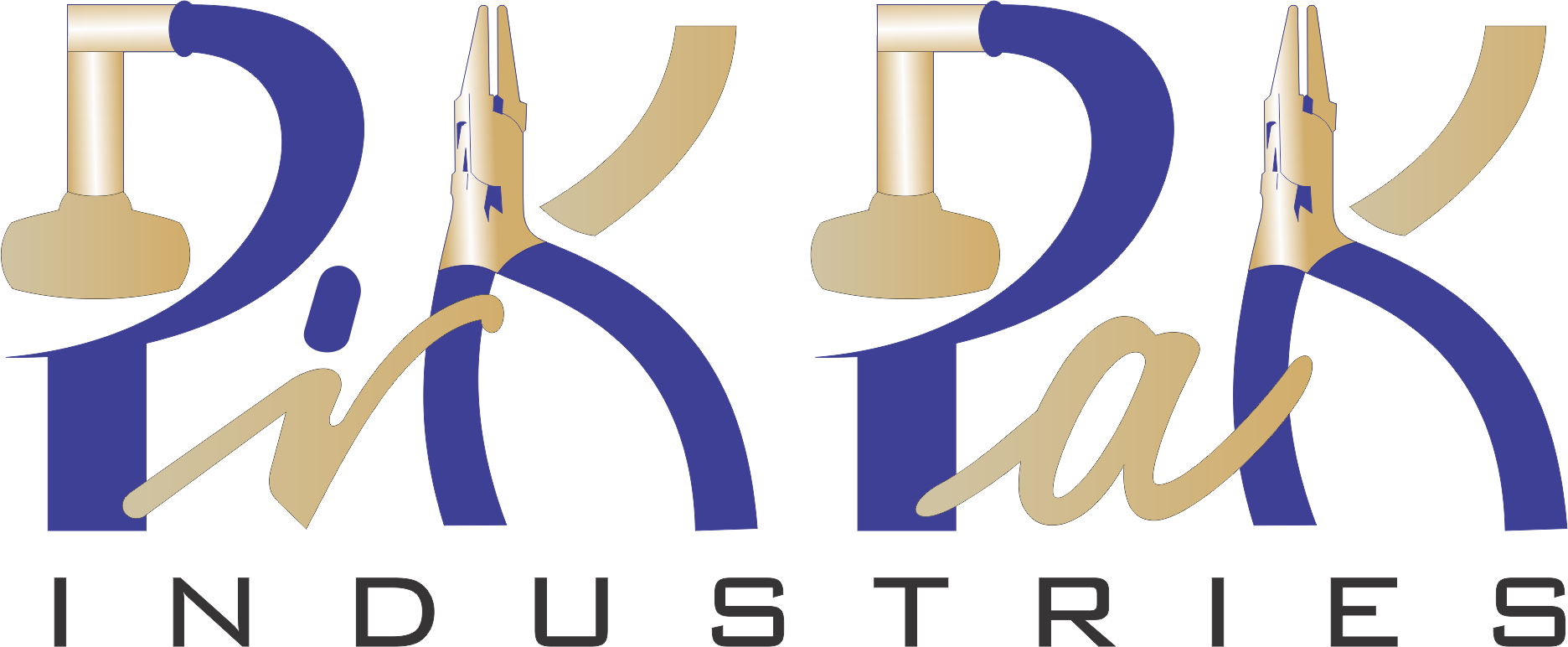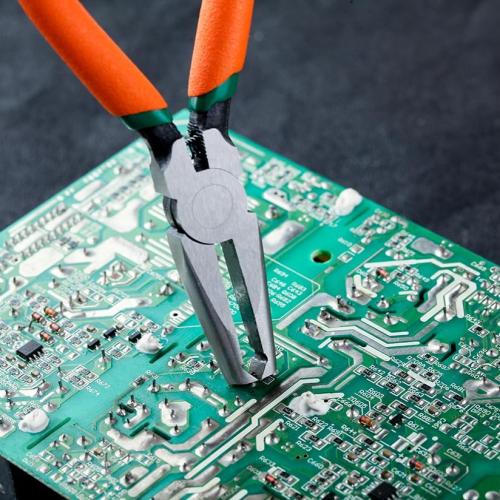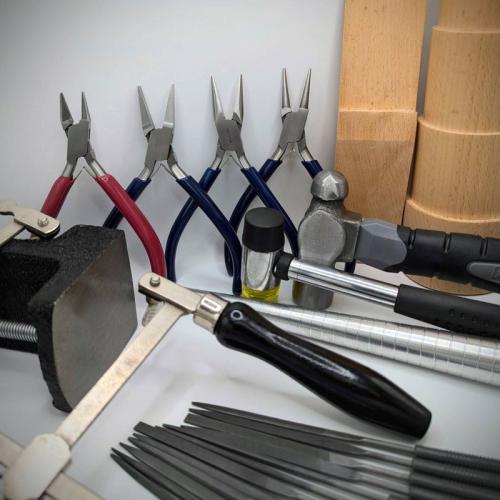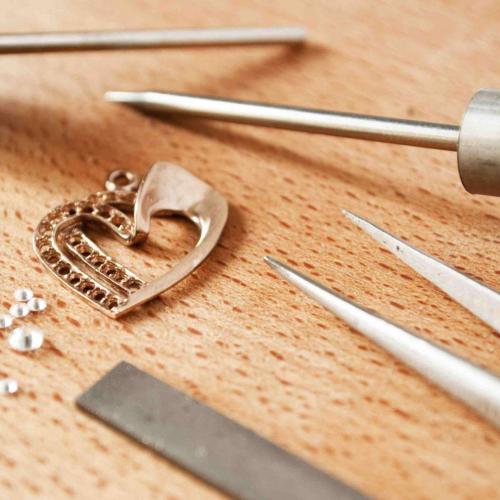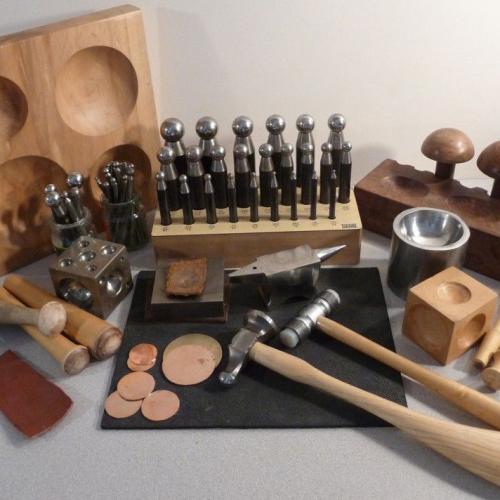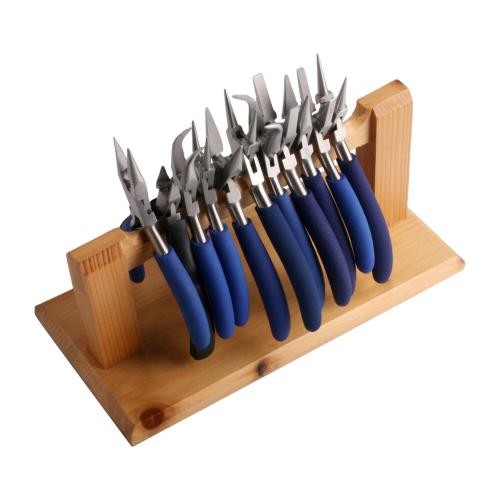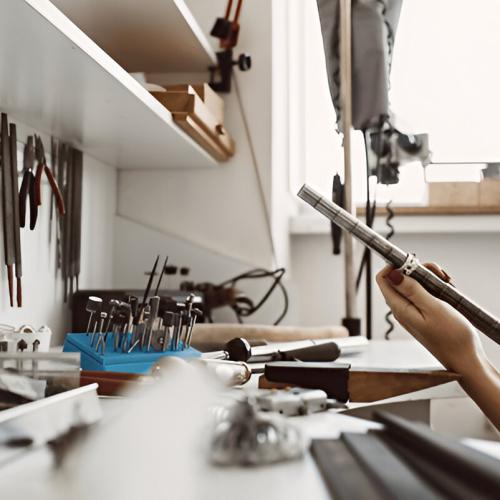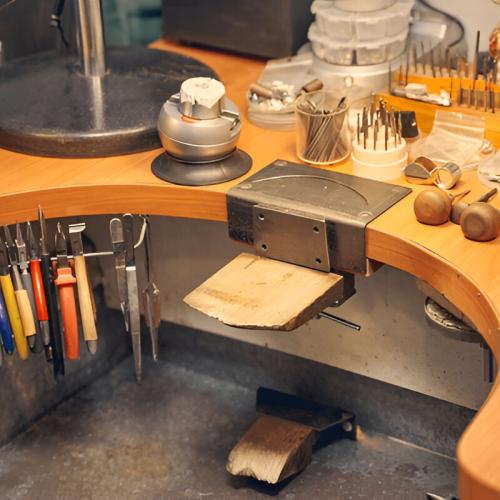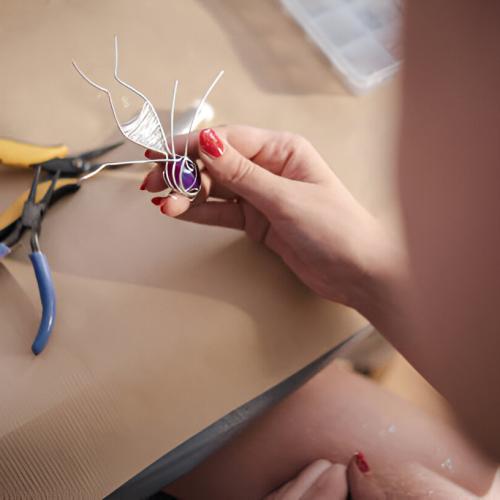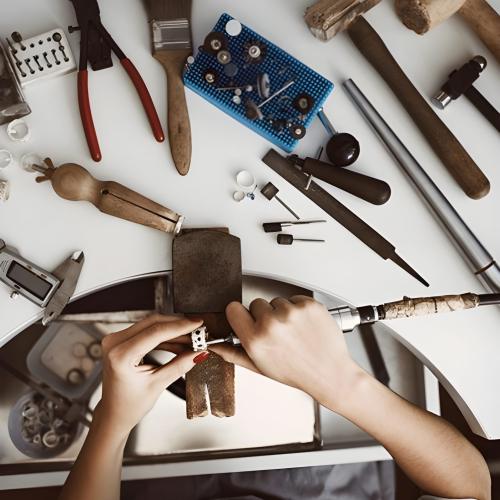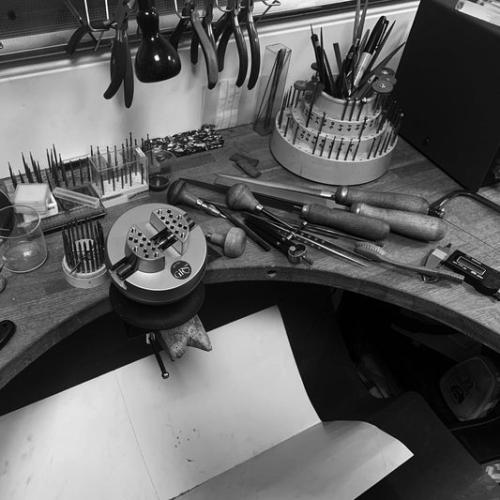
The Essential Jewellery Tools Every Professional Needs for Perfect Craftsmanship
Jewellery making is an intricate art that combines creativity, precision, and skill. Whether you're a seasoned jeweller or a beginner, having the right tools is essential to creating stunning, high-quality pieces. The right jewellery tools can make the difference between a beautifully crafted item and a poorly made one. In this blog, we will explore the essential jewellery tools every jeweller needs to ensure precision, efficiency, and quality in their work.
1. Jewellery Pliers: A Must-Have for Every Jeweller
Jewellery pliers are among the most versatile and essential tools in any jewellery maker’s toolkit. These tools are designed for various tasks such as bending, shaping, gripping, and cutting wire, chain, or metal components. There are several types of pliers, each with its own specific purpose:
- Flat Nose Pliers: These are perfect for gripping and bending wire without leaving marks.
- Round Nose Pliers: Ideal for making loops and bending wire into rounded shapes.
- Chain Nose Pliers: Similar to flat nose pliers but with pointed tips, these are great for precision work like opening jump rings.
- Cutting Pliers: Used for trimming excess wire or cutting through metal easily.
Having the right pliers for each task can ensure that you get the best results while avoiding damage to delicate components.
2. Jewellery Hammers: Crafting and Shaping with Precision
Hammers are crucial tools when it comes to shaping and forming metal in jewellery making. They are used to flatten, shape, and texture metals like gold, silver, or copper. There are several types of jewellery hammers, each serving a specific function:
- Ball Peen Hammer: Perfect for texturing and shaping metal.
- Chasing Hammer: Ideal for stamping designs into the metal, allowing you to create intricate patterns.
- Rawhide or Wooden Mallet: These hammers are used for forming and shaping metals without leaving marks or dents.
Choosing the right hammer can make a huge difference in your ability to craft smooth, flawless jewellery pieces.
3. Jewellery Saws: Precision Cutting for Detailed Work
A jewellery saw is an essential tool for making precise cuts in metal, allowing you to create detailed and intricate designs. The saw’s fine, sharp blade can cut through a range of materials, including metal sheets and wires. Jewellery saws are indispensable when working on delicate pieces or cutting out intricate shapes.
When using a jewellery saw, it’s important to choose the right blade thickness and tension for the material you are cutting. The finer the blade, the more intricate the cut, and the smoother the finish.
4. Jewellery Files: Smoothing Edges for a Professional Finish
After cutting, the edges of your jewellery pieces will often be rough or sharp. Jewellery files are used to smooth out these rough edges and create a polished, professional finish. There are various types of files, such as needle files, half-round files, and flat files, each designed for specific tasks.
Needle files are particularly useful for detailed work, while flat files are best for smoothing flat surfaces. It's essential to keep your files clean and sharp to achieve the best results without damaging the metal.
5. Beading Tools: For Creating Beautiful Beadwork
If you're working with beads, having the right beading tools is crucial. Beading pliers, needles, and thread are essential when stringing beads onto wires or threads. Beading pliers, for example, are used to make precise loops, attach clasps, and close jump rings. They also help secure beads in place without damaging them.
Having a variety of beading tools allows you to create stunning designs, whether you're stringing small seed beads or larger gemstones.
6. Polishing and Finishing Tools: Achieving a Flawless Shine
Once you've crafted your jewellery piece, it's time to give it a polished finish. Polishing tools such as a polishing cloth, rotary tools, and polishing compounds help you achieve that flawless, shiny look. Polishing tools can also help remove oxidation or tarnish that may develop over time.
Rotary tools are great for achieving a smooth and shiny finish, while polishing compounds and cloths are essential for removing small scratches and giving the piece an extra shine.
7. Jewellery Workbench: A Solid Foundation for Your Craft
A sturdy, organized workbench is a must-have for any jeweller. A jewellery workbench provides a stable surface to work on and keeps your tools and materials within easy reach. It’s important to have a well-lit workspace, as jewellery making requires precision and attention to detail.
Many workbenches also come with built-in storage for tools, a vice to hold workpieces securely, and a magnifying glass to assist with fine detail work.
8. Magnification Tools: Precision at the Smallest Scale
When working with tiny components, such as gemstones or delicate metalwork, magnification tools are invaluable. A jeweller’s loupe or a magnifying lamp can help you inspect your work closely and ensure that all details are perfect. These tools are especially useful when setting stones or doing intricate wirework.
Read More +